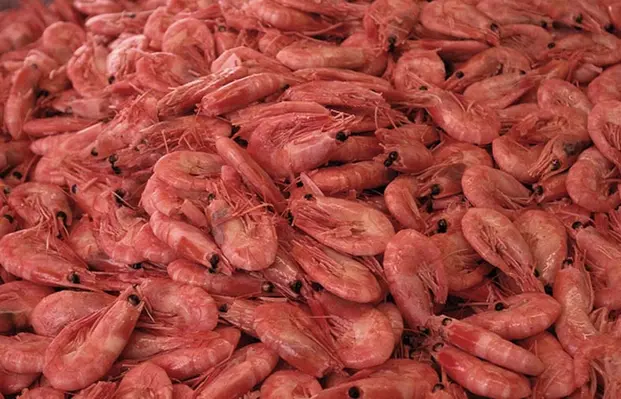Governments, scientists and producers have expressed the need for a consensus on ways to fight acute hepatopancreatic necrosis disease (AHPND) in cultured shrimp
AHPND, commonly known as ‘early mortality syndrome’ (EMS), is a deadly non-viral disease that continues to seriously threaten the world’s shrimp farming sector.
Outbreaks of AHPND caught the entire shrimp industry, scientists and governments by surprise as early as 2009 and continue to plague the sector.
At an event organised by the UN’s Food and Agriculture Organization (FAO), participants from 16 member states, along with specialists and producers from the shrimp farming sector, recently gathered at a special international seminar in Bangkok to discuss the disease’s evolution and consider a way forward in combating it.
The current trend for shrimp-related diseases is increasing, with a global spread of serious shrimp pathogens facilitated by the careless and occasionally illegal movement of live shrimp between continents.
FAO deputy regional representative for Asia and the Pacific, Vili A. Fuavao said, “It is essential to maintain a healthy global aquaculture industry. Therefore aquaculture health is a shared responsibility of all of us to achieve that.”
He also pointed out that a health threat to any one country can rapidly become a threat to all countries culturing similar aquatic crustaceans, fish or shellfish.





